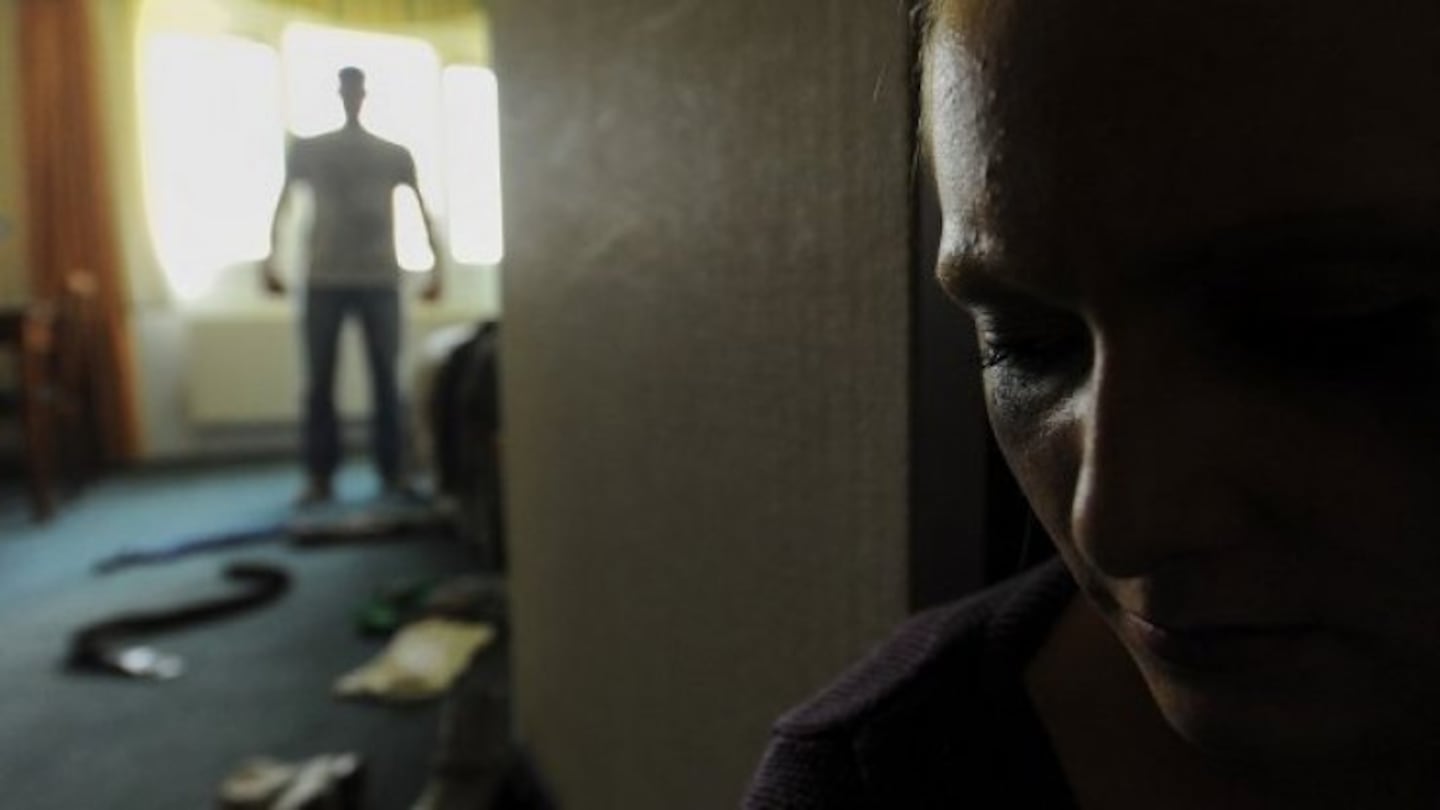Half of all New Zealanders will experience intimate partner violence in their lifetime, according to research by Janet Fanslow from the University of Auckland.
It’s 54.7% for women and 49.9% for men, with women likely to experience more severe and frequent intimate partner violence, which leads to more injuries and living in a state of fear.
Fanslow says while colonisation, racism and intergenerational trauma take a toll seen reflected in some of the higher rates, the problem of intimate partner violence impacts everyone.
The difference between men and women is that women are more likely to experience frequent and severe intimate partner violence. They are also more likely to be injured and be in fear due to the severity.
Why so prevalent ?
Fanslow says there isn’t a single answer. She does think there is a widespread cultural acceptance of violence, which many things feed into, including but not limited to intergenerational trauma at both the cultural and family level, power imbalances including patriarchal norms and ‘understandings’ it’s okay to use violence to get their way.
“There is less stigma but there is still stigma, and I think the piece we’re really missing about intimate partner violence is that it’s a preventable problem,” Fanslow says.
Power as a win-win, not power over
She says there has been enormous progress in places where they have dedicated time and energy at the community level talking about power differential - power imbalances caused by gender, class, race or other power dynamics.
In these places they try to get beyond the idea of power as a zero-sum game, where one person’s power gain is equal to another’s loss of power – as if there’s only so much power in the world and therefore having to use power over people and push them down.
“Whereas if you think about power differently, if you have power, and I have power and we could use our power together, you get something we both want,” she said.
“Then it gives people a different space to move, a different place to negotiate and a different way of thinking about how they relate to others in a way that helps them adopt healthier and more respectful relationships, which is a win-win for everybody.”
Power analysis encompasses a range of issues in intimate partner relationships for same-sex relationships as well, it works in bullying in schools and workplaces, sexual violence, and violence against disabled people because largely what it is about is abuses of power.
Cutting violence by 50%
Fanslow says there have been studies across Africa where communities and NGOs have taken the analysis of power into communities, fostering leaders and advocates to talk about power imbalances to change “pervasive norms in the wider community”.
Fanslow says sometimes they organise community plays, talk to people in their workplace, at bus stops, the hairdressers, in faith communities, with community leaders, police and at health centres.
“A whole lot of micro-interventions work to get everybody on the same page, work groups with men, women, with both together, all to create dialogue.”
One example of this approach to violence prevention is the SASA! Study in Kampala, Uganda. The impacts on the community level in just under three years reduced women’s risk of physical intimate partner violence by 52 per cent, she says.
It also reduced the social acceptability of violence - 76 per cent of women and men in SASA! Communities rejected men’s violence against women in comparison to only 26 per cent in control communities.
Preventing violence in NZ
“I think people are not looking at the evidence and research about what is effective and they are not investing in evidence-supported prevention efforts,” Fanslow says.
Due to such high rates in the country, there is still an urgent need to respond, but, because the country isn’t investing in prevention at the same time, it makes it the ambulance at the bottom of the cliff.
Recently, the New Zealand Family Violence Clearing House released a report called Strengthening and Expanding Local and Regional Family Violence and Sexual Violence Networks.
The report said the key opportunity would be to build a prevention workforce, but it needed to be a different approach from the past.
In the past was an integrated community response and integrated safety response. This was a multi-agency approach trying to get police, refuges and Oranga Tamariki working together in responding to high-risk families.
Fanslow says it was important work but responding to people currently at risk is different from prevention which needs a different strategy.
She says there is evidence effective prevention is a different skill set and therefore needs a different workforce to do it.
“Follow the evidence, believe that we can prevent intimate partner violence, and build a prevention workforce.”
Fanslow says the National-led coalition has focused on crime reduction and value for money, and violence prevention would achieve both.
In the violence prevention programme in Uganda, they dropped the perpetration rate in half and economic estimates suggest violence and trauma cost between $4-7 billion annually.
“We actually have to do this, rather than just say violence is a problem,” Fanslow says.




